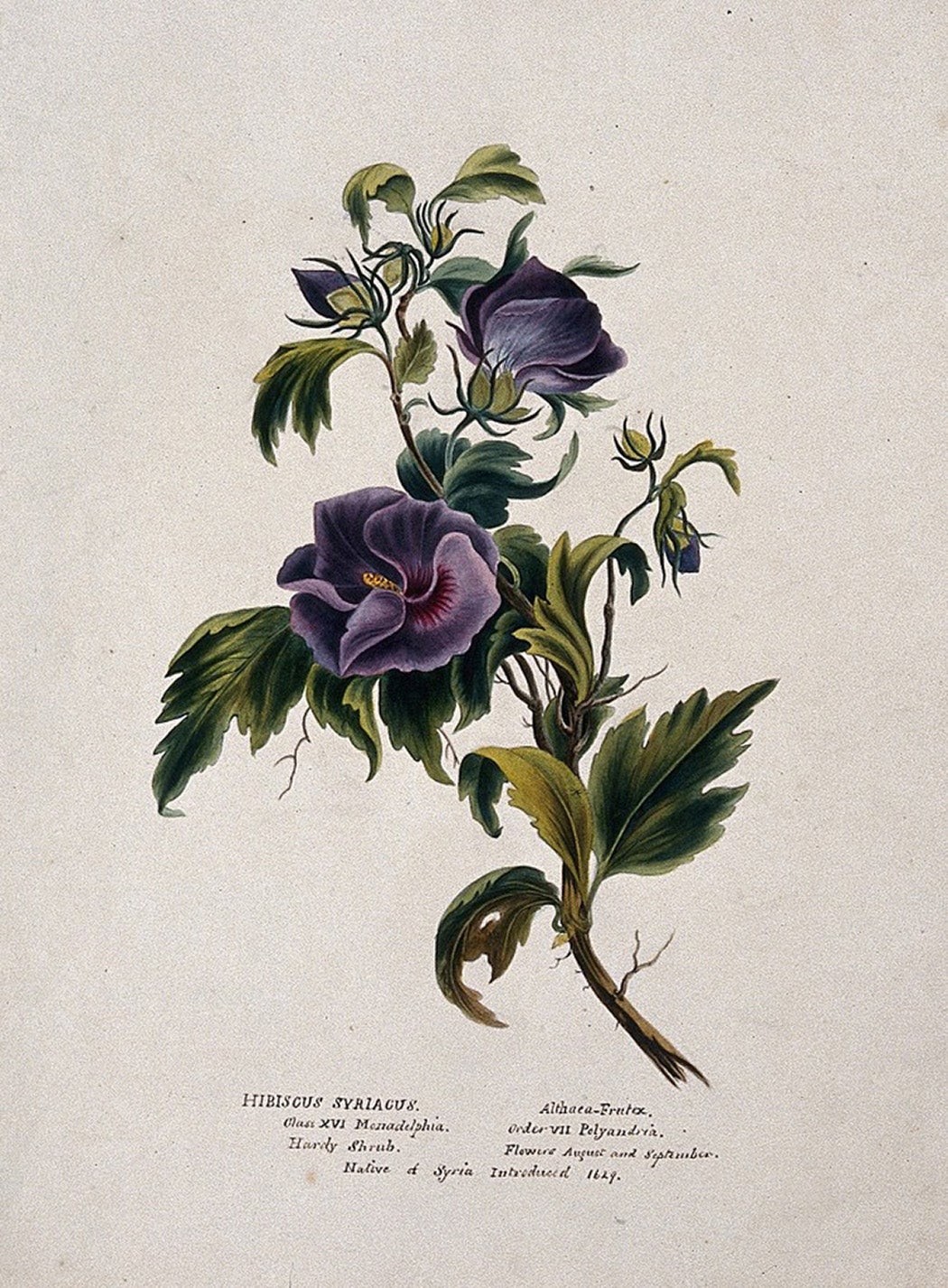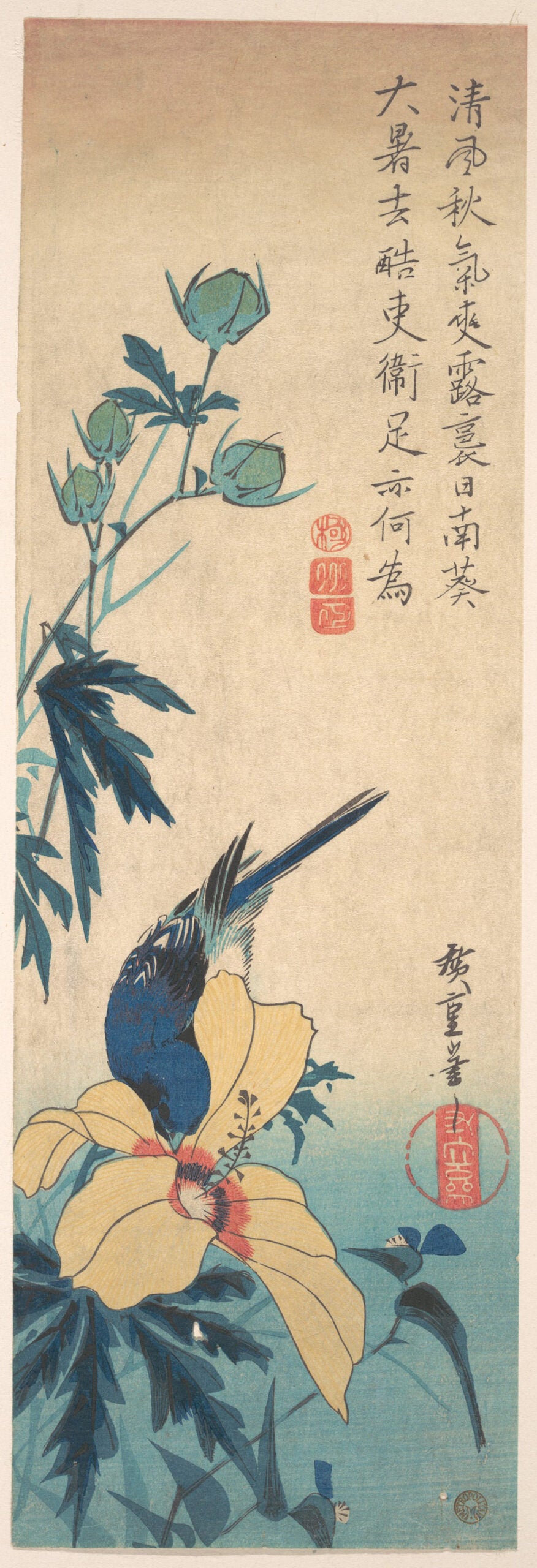In summer 2022, TikTok content creators sparked a debate on cultural appropriation by rebranding and popularizing agua fresca as “spa water.” The term “spa water” typically refers to water infused with sliced and diced fruits, presented as part of an image of relaxation, luxury, and leisure. When wellness social media influencer Gracie Norton shared her recipe involving water, cucumber, and sugar, she overlooked how closely it resembled the agua fresca that has its origins in the culture of the Mexica (Aztec) empire as opposed to the spa water popularized largely in the 2010s. Agua fresca is prepared by blending produce (such as strawberry, melon, or mango, among other fruits) in water and later straining it, which is exactly Norton’s recipe for spa water.

It’s not rare to see the commercialization of foods dispossessed of their cultural roots. This is what occurred when agua de Jamaica, bissap, and other versions of hibiscus teas found across the globe became reduced to “spa water,” as was the case with other beverages, such as yerba mate and matcha. Thus, we see a broader pattern where culturally specific foods from diverse communities around the world become uprooted and branded as a product with no history.
Nearly synonymous with the global tropics and subtropics, hibiscus has become a symbolic representation of the Caribbean’s transnational past, present, and future. Both the flower and the people who have long cared for it found their way to the Caribbean as a result of transatlantic flows that accompanied European imperial expansion. Upon their arrival at the Antilles, hibiscus and its original cultivators found ways to make a home in the unfamiliar landscape. Artistic representations of hibiscus that have since emerged demonstrate how narratives of resilience and resistance have cultivated a sense of the plant’s belonging in the Caribbean. In contrast to the TikTok controversy, this cultural exchange was one where the flower’s past was enriched through cultural memory. Just as people and plants move, cultural practices do as well, both shaped by and shaping their changing geographies.

Hibiscus is a genus of flowering plants whose flowers typically grow between four and six inches in shades of orange, pink, and red. These flowers mainly thrive in radiant sunlight, abundant water, and rich soil. The genus was given its current scientific name by Carl Linnaeus in Species plantarum (1753), and while the modern household idea of the flower is closely associated with Hibiscus syriacus and Hibiscus rosa-sinesis, many other significant species have formed unique cultural and historical bonds with communities around the globe. In many parts of the world, the plant is consumed as an herbal infusion or tea. Drinking beverages made with hibiscus is widely associated with health benefits, offering antioxidants and reducing blood pressure. The so-called “discoveries” of these benefits have paved the way for the future marketing of hibiscus tea as a fad drink. In other regions, such as the global tropics and subtropics, however, the plant has acquired spiritual, aesthetic, and religious meanings. As people from all over the globe found their way to the Caribbean, so did too hibiscus species. The Caribbean landscape brims with people, plants, and narratives from all over the world, as is made evident by the region’s cultural and ecological diversity.

It’s widely assumed that hibiscus first made its way to the Caribbean from Africa, a continent that has long been home to a wide variety of hibiscus flowers. Among them are Kenaf (Hibiscus cannabinus L.) and Roselle/hibiscus/bissap (Hibiscus sabdariffa L.) in the African Savanna Complex and Okra/gumbo (Hibiscus esculentus L.) in the West African Savanna-Forest Complex. As European imperial powers established their colonial enterprises across the Atlantic, people and plants were transported to and from Europe, Africa, and the Americas. The narratives of hibiscus migration are often associated with the violent histories of the Atlantic slave trade. From 1526 to 1867, the slave trade brought approximately 10.7 million people to the Americas. Among those enslaved, around 90 percent were taken to the Caribbean and South America. Dispossessed of their homelands, these peoples found ways to bring Africa to the Americas. As a result, African variations of the plant now have a global presence.
One of the largest transformations of the Caribbean landscape was the introduction of the plantation system, which relied on this enslaved labor. As noted by Judith Carney and Richard N. Rosomoff in their book In the Shadow of Slavery: Africa’s Botanical Legacy in the Atlantic World, enslaved peoples mobilized food as a way to survive and thrive despite the violence inflicted against them, particularly by cultivating kitchen gardens. These subsistence gardens became spaces where enslaved people could perpetuate their indigenous African knowledge. These plots had different names in different parts of the Caribbean, such as conucos in the Hispanic Caribbean, kunukus in the Dutch Caribbean, and “ground provisions” in the West Indies. As the enslaved people cultivated food, they made a home in the new environment, with Hibiscus becoming a staple garden plant, mainly consumed as a herbal beverage, called by different names in various parts of Africa (bissap, wonjo, foléré, dabileni, tsobo, zobo, or sobolo). In the Americas, the drink is referred to as sorrel or agua de Jamaica. Thus, hibiscus connected the African and American tropics, bridging the two continents.
Hibiscus also has deep roots in Asia, which is the homeplace of various species of the genus. The introduction of Asian species to the Caribbean via indentured servants added another layer to the narratives of forced labor and migration in the region. Imperial powers supplemented enslaved labor in the plantation system with indentured labor––a system of bonded exploitation that followed the abolition of the Atlantic slave trade. Between 1837 and 1920, more than 2.2 million Chinese, Indians, Javanese, Malagasy, and free Africans were indentured on tropical plantations around the world. This continued coercive movement of people added to the patterns of creolization that have contributed to the Caribbean’s cultural and ecological diversity.
Hibiscus tiliaceus, for example, is one species that arrived with indentured Indians. As elaborated by Tobagonian scholar Brinsley Samaroo, this plant had various purposes; it was used for daily worship, in toothbrushing, as fodder for animals, and for creating hedges and flower gardens. In Hindu mythology, hibiscus flowers accompany the goddess Kali, the goddess of power. The image of Kali resonated strongly with Indo-Caribbean communities across the Antilles from Trinidad to Guyana, and Hindu worshipers in the Caribbean cultivated the flower to offer it as a gift to the goddess during religious ceremonies. These practices show interesting parallels in how the diasporic communities of African and Indian descent in the Caribbean have mobilized the plant as an expression of their cultural and religious identities.
Plants can be archives of human histories, and hibiscus carries in its roots and petals stories of how enslaved and indentured people struggled to preserve their relationship with plants and knowledge of nature. Hibiscus has become emblematic of the Caribbean in a plethora of ways, from being used in a staple drink to even becoming the national flower of Haiti. Yet, just like the people who make up the Caribbean population, the plant is Caribbean without having originated there. While the questions of “indigeneity” and “nativeness” are just as complicated for humans as for plants, the Caribbean is a land that has undeniably blossomed from movement, migrations, and diaspora, which is reflected in the region’s arts and literature.
Weekly Newsletter
For many Caribbean artists, hibiscus has served as an inspiration to examine and express their respective identities and a sense of belonging to the region. Ecocritics, such as Lamia Tewfik, have explored how rhetorical approaches to plants in Caribbean poetry draw on Indigenous cultures from Africa, Asia, and the Americas. Tewfik cites the work of St. Lucian poet and playwright Kendel Hippolyte, who explores the intricacies of Caribbean identity and history. In his poem “Abstract #1,” Hippolyte uses the hibiscus to symbolize the historical blood of his ancestors, with flowers rendered poetically to mirror human suffering:
And just the following week they said:
“But what was wrong! What got
into his head
that thing?”
No, he just saw red
in everything.
The petals of the hibiscus
bloodstained the dark earth. A blade of wind
would leave the flamboyant in shock
at its own dripping clotting on the dirt.
Hippolyte anthropomorphizes the hibiscus, turning it into a bloodstained symbol of human suffering. This metaphor serves as a conduit to an engagement with the experiences of non-human communities. As such, the poem becomes an implicit dialogue about how violent structures of colonialism transcend biological species. Just as diasporic artists in the Caribbean projected their living and ancestral experiences onto hibiscus, so there is an understanding that plants, as much as people, had to withstand colonial violence.
Like the people who have felt “seen” by the flower, hibiscus is simultaneously from everywhere and nowhere. Conceptualizing species in terms of native and non-native implies that plants are somehow rooted in their places of origin, incapable of movement. Yet, this is a false narrative. Since the dawn of history, plants have moved, whether by ways of humans and non-human migrants or environments shifting on a much longer timescale. Despite such general misconceptions about plants as still and motionless, the Caribbean has been forever changed by plant mobility. Landscapes are, in a way, imprints of the historical marks left by both people and plants. These are the stories that products such as “spa water” fail to acknowledge. Today, as botanical diversity is menaced by loss and extinction, it’s important to remember the many ways in which people and plants engaged in symbiotic relationships. This is the mission of the Dumbarton Oaks Plant Humanities Initiative, where plant stories from around the world are told with a living breath.








